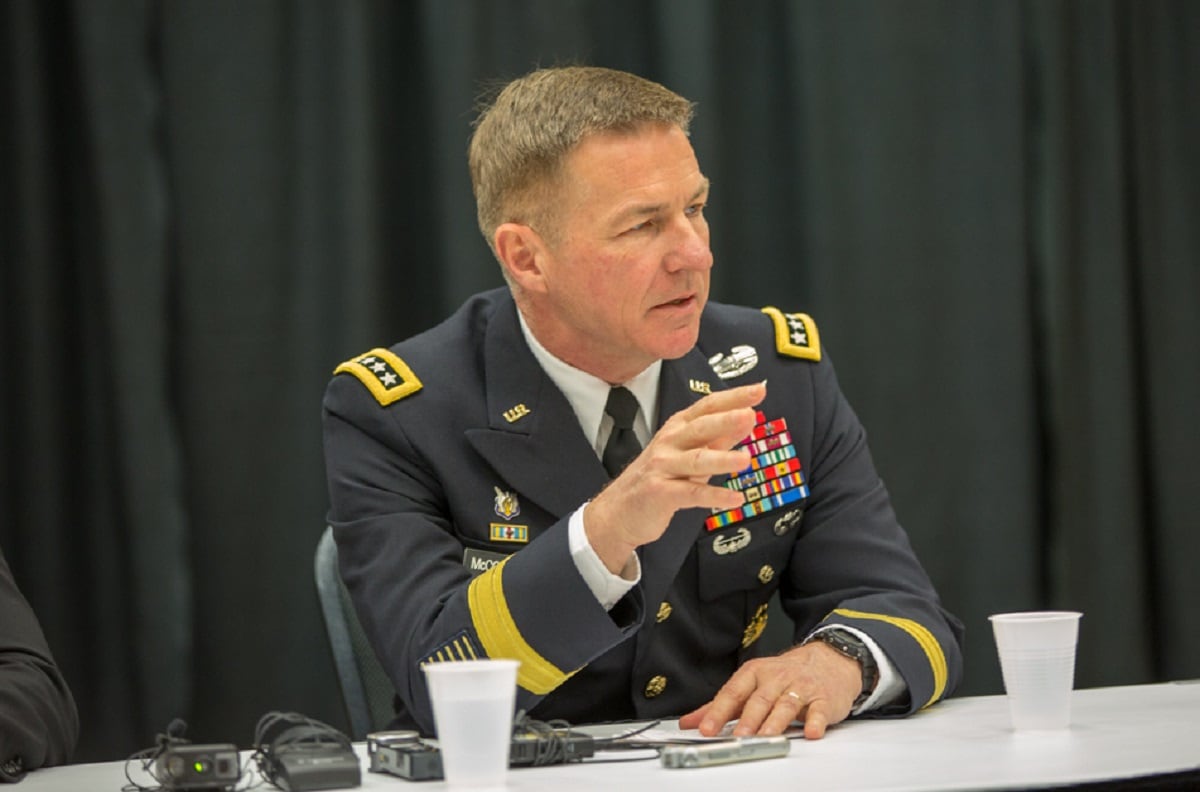As adversaries make technological advancements, the U.S. military has had to adapt and change its concepts. For the Army, this has led to an emerging multi-domain battle concept.
“If you think about what we’ve been doing over the last 16, 17 years, I would argue that we’ve primary been contested in the land” domain, Gen. James McConville, the Army’s vice chief of staff said at the AUSA Global Force Symposium in Huntsville, Alabama March 26. “We’ve been pretty much able to sail our equipment across the seas. The last time that an American solider was killed by an enemy aircraft was April 15, 1953. We really haven’t been contested from enemy air and we really haven’t been contested in space and cyber. But we don’t think that is the future.”
However, McConville added “we know that we’re going to be contested in every single domain.”
This new approach will require help from all the services to seamlessly use their weapons and capabilities in all domains of battle, he said.
“The return of a near peer competitor in Europe and the things that we’ve seen in Crimea, the Eastern Ukraine, Syria, things like electronic warfare and the potential that we recognize that we’ll have to conduct operations in degraded conditions,” Jerry Leverich, who works in Army’s Training and Doctrine Command directorate of intelligence, said at the symposium.
Leverich also explained that emerging concepts are bringing forth new ways of thinking about problem sets and new ways of considering how a weapon, including cyber, could impact a large population area or the military.
Mark Pomerleau is a reporter for C4ISRNET, covering information warfare and cyberspace.








